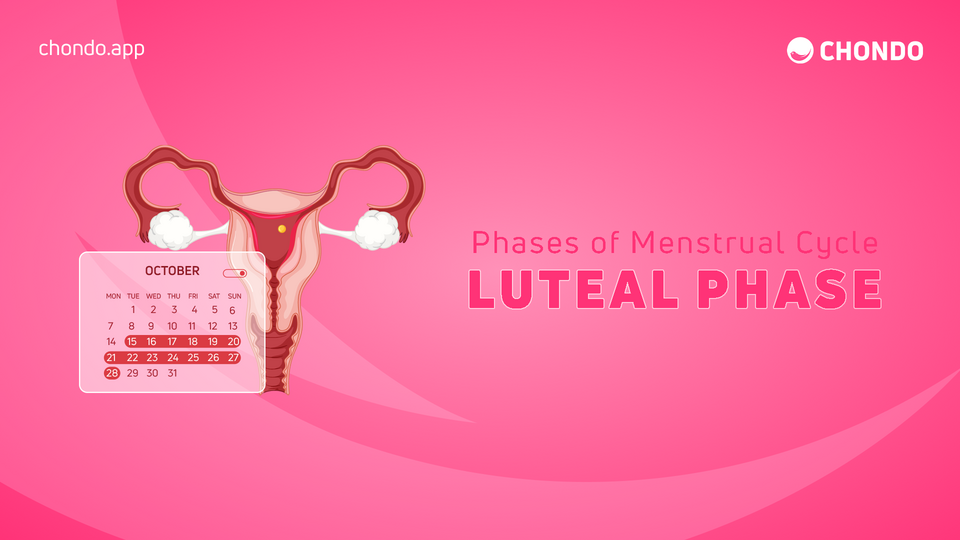Understanding the Luteal Phase of Your Menstrual Cycle
The luteal phase is the fourth and last phase of the menstrual cycle (link). During the previous phase, ovulation, the mature egg has a chance to be fertilized by a sperm. Your luteal phase can go two ways depending on whether your egg was fertilized or not.
In a 28-day cycle, the luteal phase starts on the 15th day. It generally begins two weeks before the next cycle and period. The average duration is 14 days.
Duration: 14 days
Average: 14 days
Hormone:
- Luteinizing Hormone (LH) ↑
- Progesterone ↑
- Estrogen ↑
- Follicular Stimulating Hormone (FSH) ↓
If Fertilization Happens:
- Human Chorionic Gonadotropin (hCG) ↑
- Progesterone ↑
- Estrogen ↑
If No Fertilization Happens:
- Progesterone ↓
- Estrogen ↓
- Follicular Stimulating Hormone (FSH) ↑
Symptoms:
In the luteal phase, you will start PMS-ing or show premenstrual symptoms.
- Mood swings
- Sensitive breasts
- Bloating
- Cramps
- Sudden craving
- Fluctuation of energy
- Tiredness and less sleep
What Happens in the Luteal Phase?
The egg reaches the uterus, after traveling through the fallopian tube. If fertilized, the egg will implant into the uterus lining and start growing. But, if the egg is unfertilized, it will start to break down.
So, what happens to the follicle from which the egg bursts out? It transforms into a corpus luteum and releases progesterone and small amounts of estrogen. These hormones also contribute to further thickening the uterus lining which started in the follicular phase. The FSH that was released during the follicular phase gets blocked by progesterone.
If pregnancy takes place, the body will release Human Chorionic Gonadotropin (hCG). When you take a pregnancy test, the test detects the presence of hCG to know if you’re pregnant or not.
The corpus luteum will continue to produce progesterone to thicken the uterine wall more. It will produce progesterone for the next 3 months to support pregnancy.
However, in the case of no fertilization, the corpus luteum will start to disintegrate after 14 days. Therefore, progesterone level falls naturally as well. Since there are low levels of progesterone and estrogen, FSH starts increasing again. Your uterus lining will start to shed again. Another period starts and so does a new cycle.
Download Chondo App
Track your period and get notified.
Download
Beta







